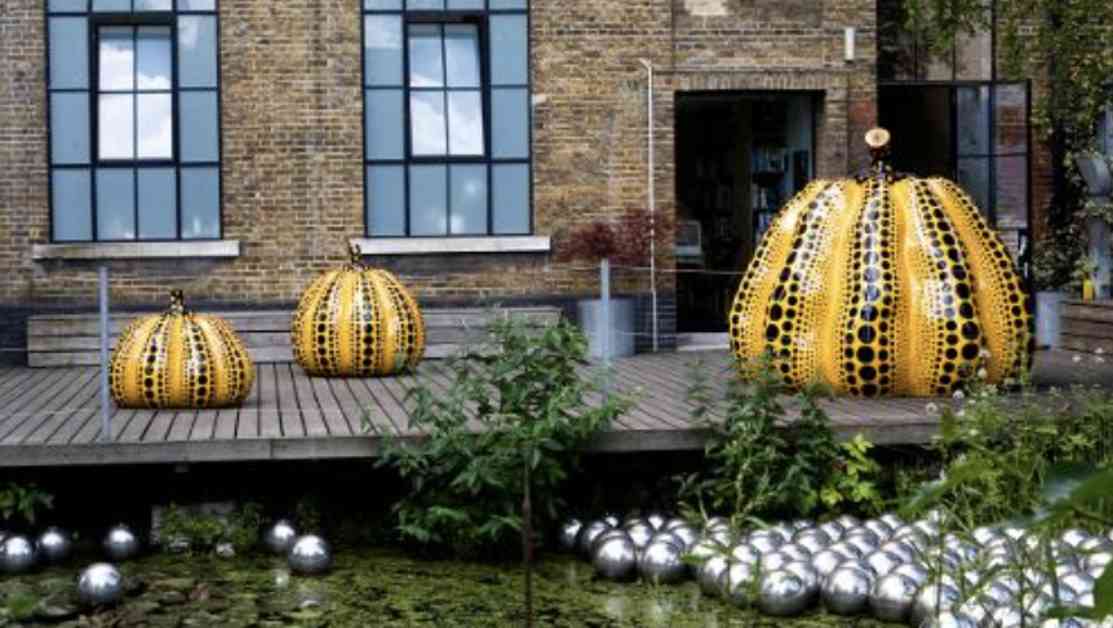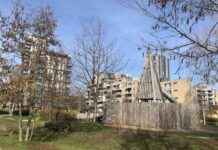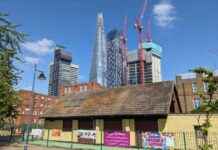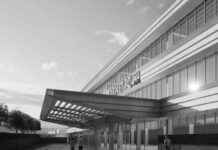Back in the 1960s, Geoffrey Fletcher, an artist, critic, and columnist for the Daily Telegraph, set out to explore the lesser-known parts of London that he believed truly represented the essence of the city. His writings and walks through areas like Islington shed light on the changing landscape of the capital, capturing both the nostalgia of old London and the evolving character of the city.
Fletcher’s exploration of Islington, known as “Sickert’s Islington” after the post-impressionist artist Walter Sickert, highlighted the transformation of the area through the rediscovery and restoration of long-neglected terraces by the middle-classes. The once-forgotten streets were now adorned with brass door-knockers, olive green doors, and Venetian blinds, signaling the first wave of gentrification that was reshaping the neighborhood.
As Fletcher’s journey continued through Islington, he observed the influx of new residents, including journalists, artists, and actors, who were becoming integral parts of the community. The changing demographics and the restoration of historic buildings reflected the shifting dynamics of the area, paving the way for further development and growth.
One of the significant landmarks in Islington’s evolving landscape is the Victoria Miro gallery, housed in a former furniture factory near the Wenlock basin in Hoxton. The gallery’s relocation to Islington from Mayfair marked a shift in the art scene, attracting artists and collectors to the burgeoning neighborhood. With its spacious galleries and unique garden setting, Victoria Miro has become a destination for art lovers, showcasing renowned artists like Yayoi Kusama.
The recent Yayoi Kusama exhibition at Victoria Miro, featuring the immersive Infinity room, drew crowds of visitors eager to experience the mesmerizing installation. The room, with its flashing lights and mirrored walls, offered a glimpse into Kusama’s visionary artistry and the ever-changing nature of the art world.
Despite the shifting art scene in east London and the departure of some galleries, Victoria Miro remains a stalwart presence, embodying the spirit of creativity and innovation. The gallery’s success in adapting to the evolving landscape of Islington reflects the resilience and vitality of the arts in the city, a sentiment echoed by Geoffrey Fletcher in his exploration of London’s living city.
As Islington continues to transform and grow, places like Victoria Miro serve as beacons of artistic expression and cultural significance. The gallery’s enduring legacy, alongside the evolving streets of Islington, pays homage to the past while embracing the future, creating a dynamic tapestry of art, history, and community in the heart of London.





















